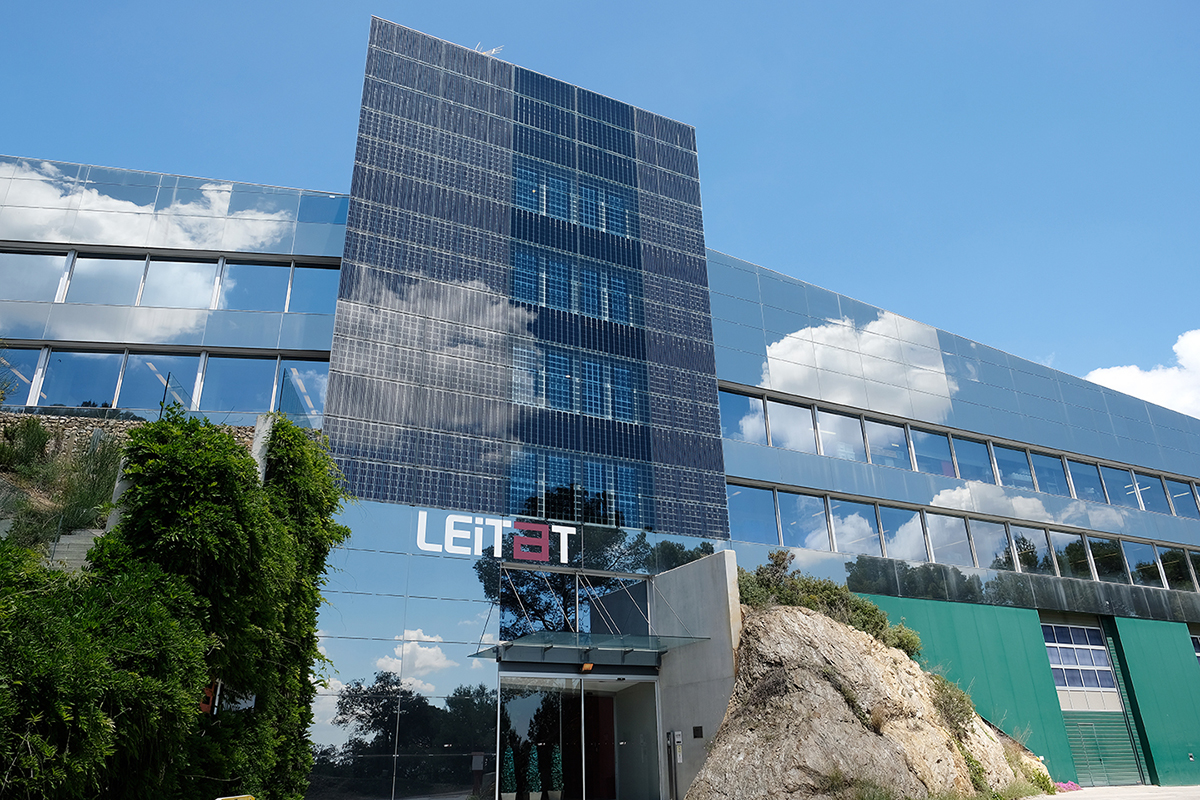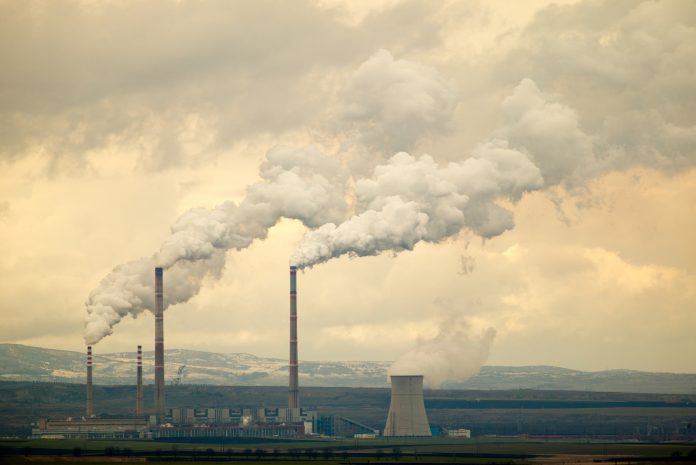Montse Bosch, Area Manager at Leitat Technological Center, discusses the BIOCON-CO2 H2020 project and its transformation of raw CO2 waste into everyday products
Carbon Capture and Utilisation (CCU) is a diverse set of technologies that allow for the capture and use of carbon dioxide (CO2) as a carbon feedstock for making everyday products such as fuels, chemicals and building materials that are currently predominantly derived from fossil resources. These are the aims of the BIOCON-CO2 H2020 project.
CCU provides a major opportunity for climate mitigation, energy transition and industry redeployment, for the benefit of all.
BIOCON-CO2 is a Horizon 2020 funded project coordinated by LEITAT which aims to develop and validate in industrially relevant environment a flexible strategy to biologically transform raw CO2 waste from the iron, steel, cement and electric power industries into added-value chemicals and plastics (www.biocon-co2[1]). The proposed platform is based on three main stages: i) solubilisation technologies, ii) bioprocess development and iii) downstream technologies.
CO2 solubilisation technologies
The use of carbonic anhydrase (CA) has been one of the strategies for increasing CO2 solubility investigated in BIOCON-CO2. CA is the fastest known enzymes able to convert CO2 to bicarbonate ions, being therefore a potent biological catalyst for CO2 capture. Despite the higher rate of catalysis, its industrial uses are restricted due to its poor reusability and low stability. During BIOCON-CO2, the human carbonic anhydrase enzyme isoform II (hCAII) has been successfully cloned, overexpressed and purified. The enzyme has been characterised and its low overtime stability has been targeted. A couple of the obtained mutants display better activity and thermostability than wild type enzyme, proposing them as suitable candidates to increase CO2 bioavailability.
Another strategy investigated in BIOCON-CO2 was the design of a trickled bed reactor (TBR) and the selection of the most suitable materials for cell adhesion and CO2 solubilisation. TBR main advantages compared to conventional reactors are better gas-liquid mass transfer, easy product recovery, and low cost of production and operation. In BIOCON-CO2 H2020, the packing material act as a support for microorganisms where they attach and form biofilm. The results show that our TBR system improved 2-fold the CO2 solubilisation starting from 5 minutes.
In addition, by immobilising the new CA mutant with increased activity and thermostability onto the packing materials of the TBR systems, both strategies could be combined as an innovative approach to overcome gas-liquid mass transfer limitations.
Bioprocess development
During BIOCON-CO2 four microbial cell factories (MCFs) had been developed using anaerobic microorganisms (Clostridium spp. for C3-C6 alcohols), aerobic microorganisms (Cupriavidus necator for polyhydroxyalkanoates) and enzymes (formate dehydrogenase for formic acid and multienzymatic system for lactic acid production), thus proving high flexibility and versatility to the BIOCON-CO2 platform. In each MCF different strategies to increase tolerance to impurities and to enhance their productivity applying genetic improvement tools have been investigated.

In addition, innovative strategies to develop less energy intensive processes have been applied. Fermentation is a biological process characterised by a lower energy uptake by bacteria, compared to aerobic/anoxic metabolism, and consequently by a lower bacterial growth and a higher product yield. Electro-fermentation (EF) is considered as a potential technology reducing the energy consumption of a conventional fermentation, while maintaining (or even enhancing) its productivity. The EF is defined as an electrochemical process to control fermentation pathways using current. In the frame of BIOCON-CO2 project, EF has been employed to increase the butanol production using a strain of Clostridium beijerinckii by fine tuning the cathode potential.
Downstream technologies
The main goal of the BIOCON-CO2 approach for the downstream processes is to create an integrated tool for extracting and purifying the different building blocks based on their differential properties of the products compared to those of the media they are in. An automated tailored statistical tool, called DS-OptiDoE (DSODE), able to optimise downstream strategies has been developed and it is available under request. The main challenge has been the low concentration of the target molecules. While liquid external products (C3-C6 alcohols, lactic and formic acids) are present at quite low concentrations, while intracellular products (PHB) have high concentrations within the cells, however when they are released their concentrations in the media become low. The strategies assessed have been based on pressure- and thermal-driven membrane and non-energy-intensive concentration techniques.
In conclusion, during these last 4 years, cutting-edge technologies and strategies have been developed for each stage that can be combined as “puzzle pieces” depending on the target chemical and the used biological system. These tools could be transferred to other bioproducts produced from CO2, which is the main contribution of BIOCON-CO2 to the European CCU strategy.
CCUs a key tool for the mandatory decarbonisation
CCUs will play a key role in decarbonising industry and energy sectors. It is crucial that CCUs are deployed during this 2020 decade to support the EU’s decarbonisation trajectory towards net zero greenhouse gases (GHG) emissions by 2050, as well as to comply with climate targets for 2030 (50% GHG emission reduction compared to 1990). The CCUS SET-Plan intends to move forward the actions from a technological, policy, regulatory and funding perspective across the whole value chain. Reality is that the new incentives are delivering unprecedent momentum for CCUS implementation. In a recent report by the International Energy Agency, it has been highlighted the increase of commercial CCUs facilities already operating and the increasing number of those under development. In this thrilling scenario, LEITAT has extended their activities in the CCU field by exploring the use of microorganisms as catalysts for converting CO2 into added value products. Currently, LEITAT is participating in GAIA[2] and REGENERA projects, in which bioprocesses, based on bioelectrochemistry to produce methane and hytane from CO2 are explored.
[1]This project has received funding from the European Union’s Horizon 2020 research and innovation program under grant agreement No 761042 (BIOCON-CO2). This output reflects the views only of the author and the European Union cannot be held responsible for any use which may be made of the information contained therein.
[2] The GAIA project has been financed within the framework of the call “R&D&I Projects in Strategic Lines 2021” financed by the Spanish Ministry of Science and Innovation (MCIN) and the State Innovation Agency (AEI) (code of project 10.13039/501100011033). It has also been financed by the Next Generation EU/PRTR European funds.
Please note: This is a commercial profile.
© 2019. This work is licensed under CC-BY-NC-ND.











